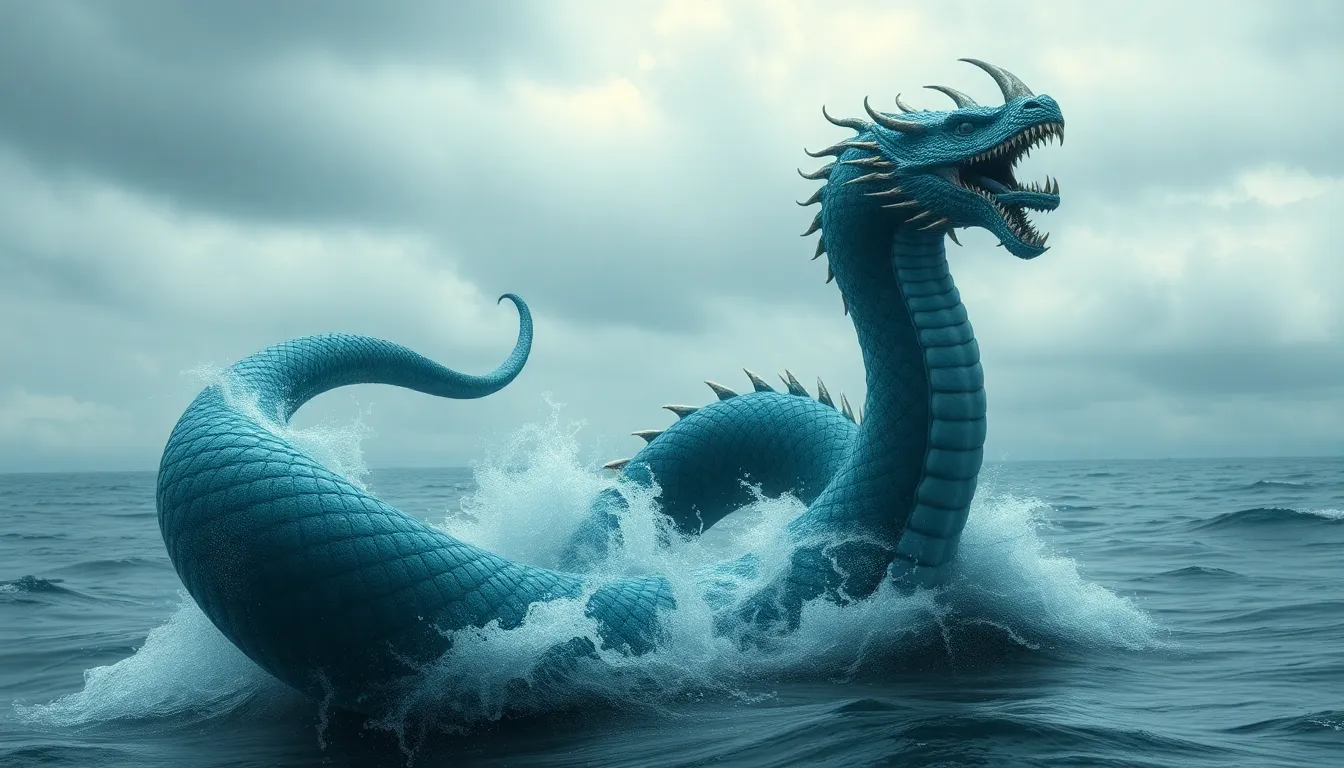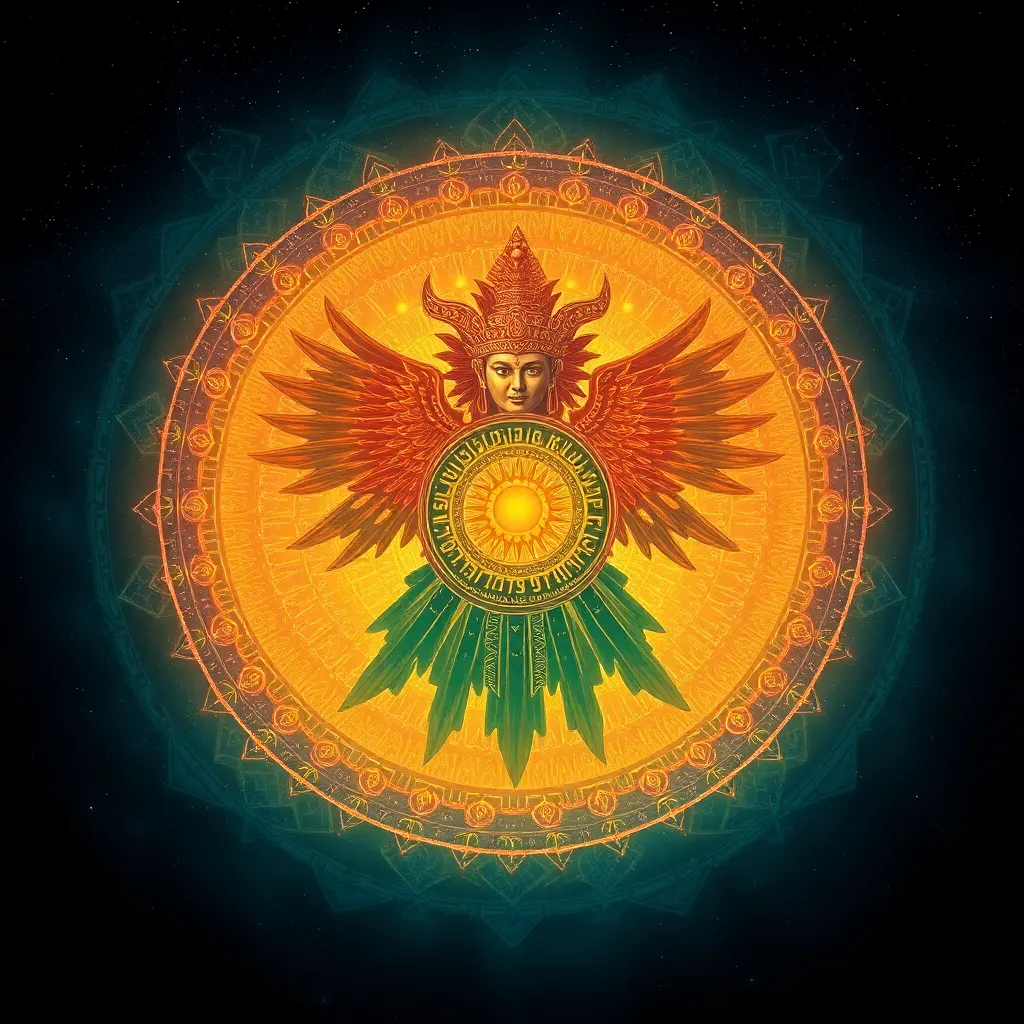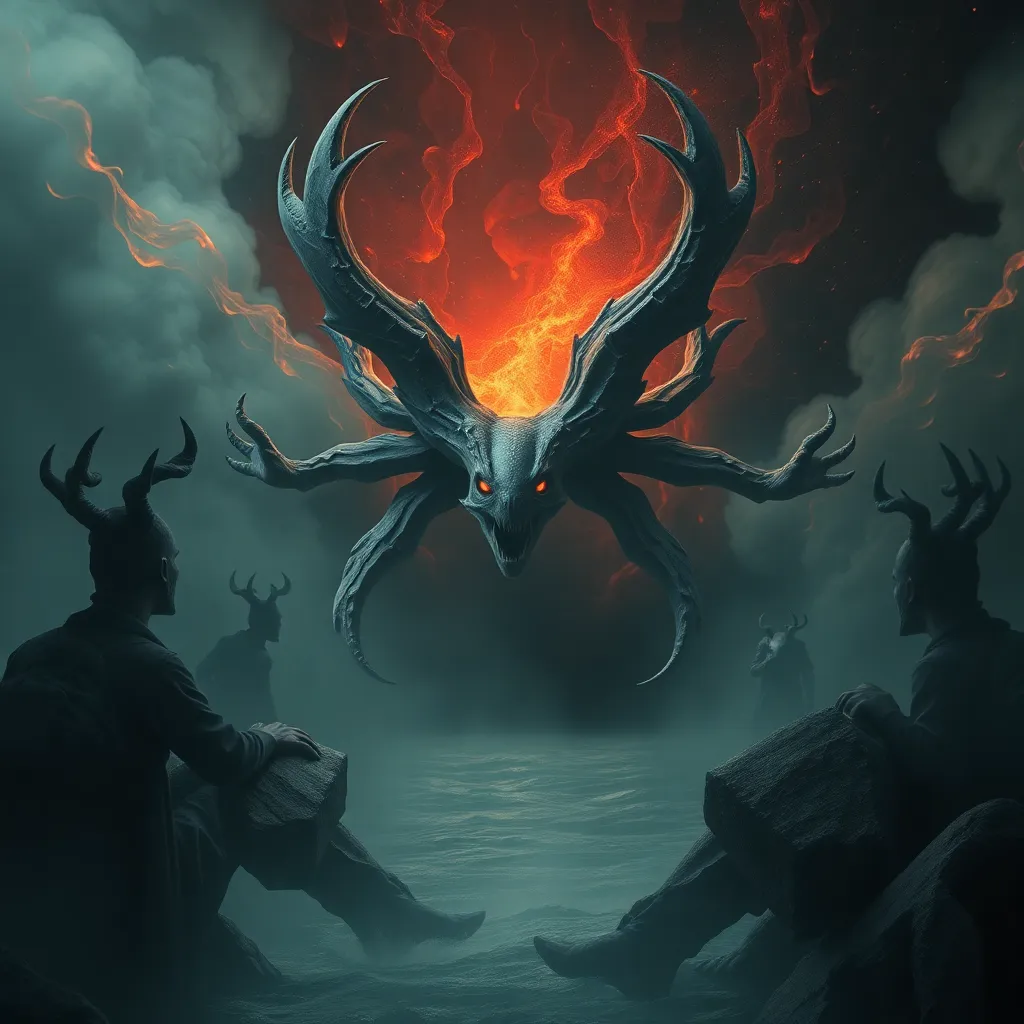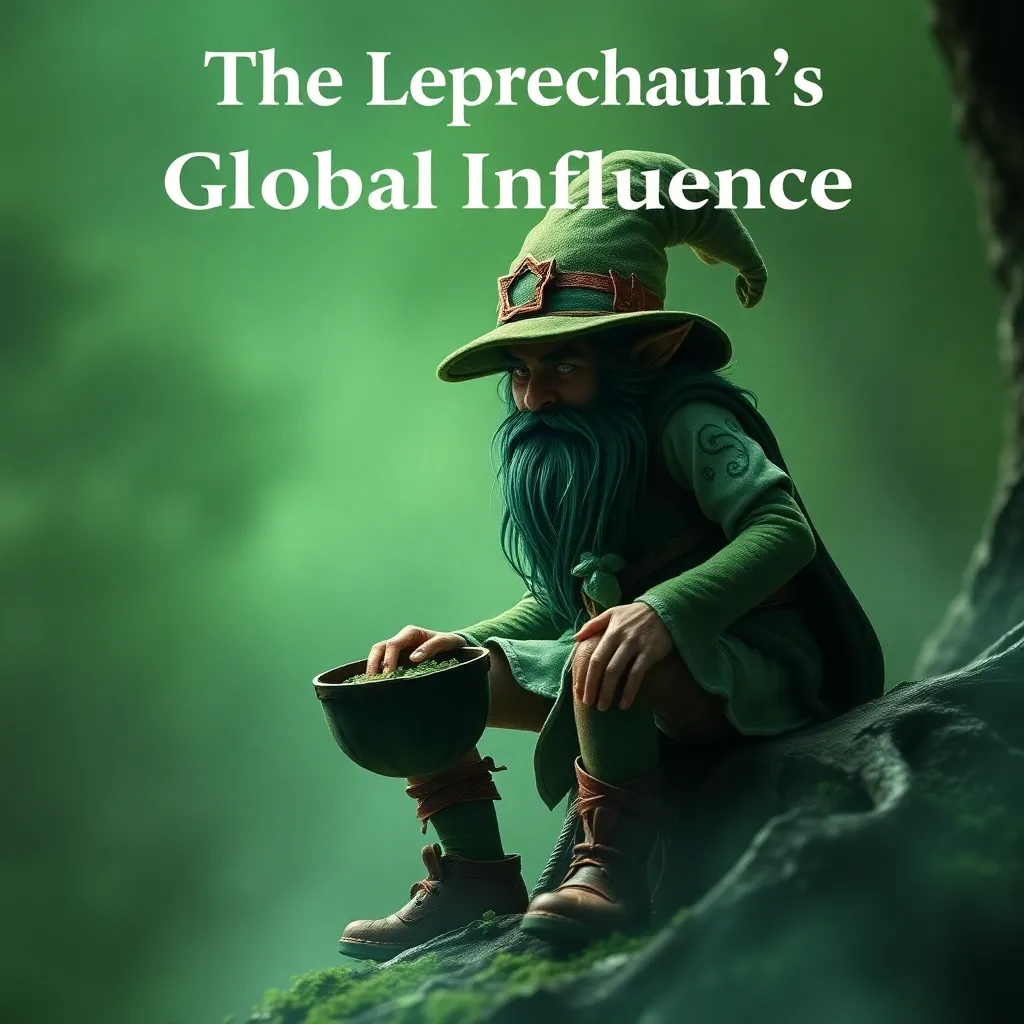The Sea Serpent’s Journey: Tracing the Evolution of the Mythical Creature
I. Introduction
Sea serpents have captivated the human imagination for centuries, appearing in folklore, literature, and art across various cultures. Defined broadly as large, serpentine creatures dwelling in the ocean, these mythical beings often embody the fears and mysteries of the sea. Studying sea serpents within their cultural contexts reveals much about the societies that created them and the universal themes they represent.
This article aims to explore the historical origins, cultural variations, roles in maritime lore, artistic representations, scientific explanations, and modern interpretations of sea serpent myths. Through this journey, we will uncover the significance of these creatures in understanding human imagination and our relationship with the sea.
II. Historical Origins of Sea Serpent Legends
The roots of sea serpent legends can be traced back to ancient civilizations, where these creatures often played significant roles in mythology and folklore.
A. Ancient civilizations and their sea serpent myths
- Mesopotamian creatures: In ancient Mesopotamia, myths often featured serpentine beings like Tiamat, a primordial goddess depicted as a dragon or sea serpent, representing chaos and the saltwater ocean.
- Greek and Roman interpretations: The Greeks and Romans also contributed to sea serpent lore, with creatures like the Hydra, a multi-headed serpent that posed a significant challenge to heroes like Heracles.
These early depictions laid the groundwork for the sea serpent’s role in subsequent maritime folklore.
B. Early maritime folklore and its role in shaping sea serpent tales
As seafaring became more prevalent, sailors began to weave tales of monstrous creatures lurking beneath the waves, often as cautionary tales about the perils of the sea. These stories served not only to entertain but also to convey the dangers associated with ocean travel.
III. Cultural Variations in Sea Serpent Mythology
Sea serpent myths vary significantly across cultures, influenced by local geography, resources, and belief systems.
A. Comparison of sea serpent legends across different cultures
- Norse mythology: Jörmungandr: Known as the Midgard Serpent, Jörmungandr encircled the Earth and was prophesied to fight Thor during Ragnarok, symbolizing the chaos of the ocean.
- Asian folklore: Umibōzu and similar creatures: In Japan, Umibōzu is a sea spirit known for capsizing ships and causing storms, embodying the unpredictable nature of the sea.
B. The influence of geography on sea serpent depictions
The geography of a region often influenced its sea serpent narratives. Coastal communities with rich marine biodiversity might depict these creatures based on local fauna, while cultures with less exposure to the ocean might have more fantastical interpretations.
IV. The Role of Sea Serpents in Maritime Lore
Sea serpents have long served as symbols of danger and mystery in maritime culture.
A. Sea serpents as symbols of danger and mystery
These mythical creatures often represented the unknown aspects of the ocean, serving as metaphors for the fears of sailors venturing into uncharted waters.
B. Exploration tales and the blending of myth with real-life encounters
Many tales of sea serpents arose during the Age of Exploration, where sailors encountered unfamiliar marine life. These encounters often blurred the line between reality and myth, leading to legendary tales that captured the imaginations of those on land.
C. The impact of sea serpent sightings on naval history
Reports of sea serpent sightings have influenced naval history, sometimes leading to changes in naval routes or maritime practices due to fear of these mythical creatures. The lore surrounding sea serpents also fostered a sense of camaraderie among sailors who shared their experiences.
V. Evolution of Sea Serpent Imagery in Art and Literature
Throughout history, sea serpents have been depicted in various artistic forms, reflecting the changing perceptions of these creatures.
A. Artistic representations through the ages
From ancient pottery to medieval tapestries, artists have portrayed sea serpents in diverse styles, often emphasizing their fearsome qualities. The Renaissance saw a surge in interest in natural history, leading to more realistic interpretations.
B. Literary depictions from ancient texts to modern novels
Literature has also played a crucial role in shaping the image of sea serpents. From Homer’s “Odyssey” to contemporary fantasy novels, these creatures have been depicted as both terrifying monsters and protectors of the sea.
C. The transformation of sea serpents in popular culture
In modern times, sea serpents have found a place in films, video games, and other forms of entertainment. They often embody themes of adventure and the supernatural, continuing to captivate audiences worldwide.
VI. Scientific Explanations for Sea Serpent Sightings
While sea serpents have been a staple of folklore, many sightings can be attributed to scientific explanations.
A. Misidentifications of marine animals
Many reported sea serpent sightings can often be traced back to misidentifications of known marine creatures, such as whales or large fish. The shape and movement of these animals may lead to exaggerated reports.
B. The role of environmental phenomena in sea serpent lore
Environmental phenomena, such as bioluminescence or unusual wave patterns, can also contribute to the perception of sea serpents. These natural occurrences can create optical illusions, leading to fantastical interpretations.
C. Examination of notable sea serpent sighting claims
Several notable claims of sea serpent sightings have been investigated over the years, often revealing more mundane explanations. However, these tales continue to intrigue researchers and enthusiasts alike.
VII. Modern Interpretations and Revivals of Sea Serpent Myths
In contemporary culture, interest in sea serpents has experienced a revival.
A. Sea serpents in contemporary media and entertainment
Movies, television shows, and literature frequently feature sea serpents, often reimagining them as complex characters that challenge traditional notions of monsters.
B. Revival of interest in cryptozoology and mythical creatures
The field of cryptozoology, which investigates legendary creatures, has seen renewed interest. Enthusiasts continue to search for evidence of sea serpents and other mythical beings, blending science with folklore.
C. The enduring legacy of sea serpents in popular culture
The legacy of sea serpents endures in popular culture, symbolizing humanity’s fascination with the unknown and the mysteries of the deep sea.
VIII. Conclusion
In conclusion, the journey of the sea serpent myth reveals much about human culture and imagination. From ancient civilizations to modern interpretations, these mythical creatures have evolved, reflecting societal fears, mysteries, and the enduring allure of the ocean. As we explore these legends, we gain insight into the human experience and the ways we confront the unknown.
The ongoing fascination with mythical creatures like sea serpents continues to inspire stories and spark curiosity, reminding us of the rich tapestry of folklore that shapes our understanding of the world.



